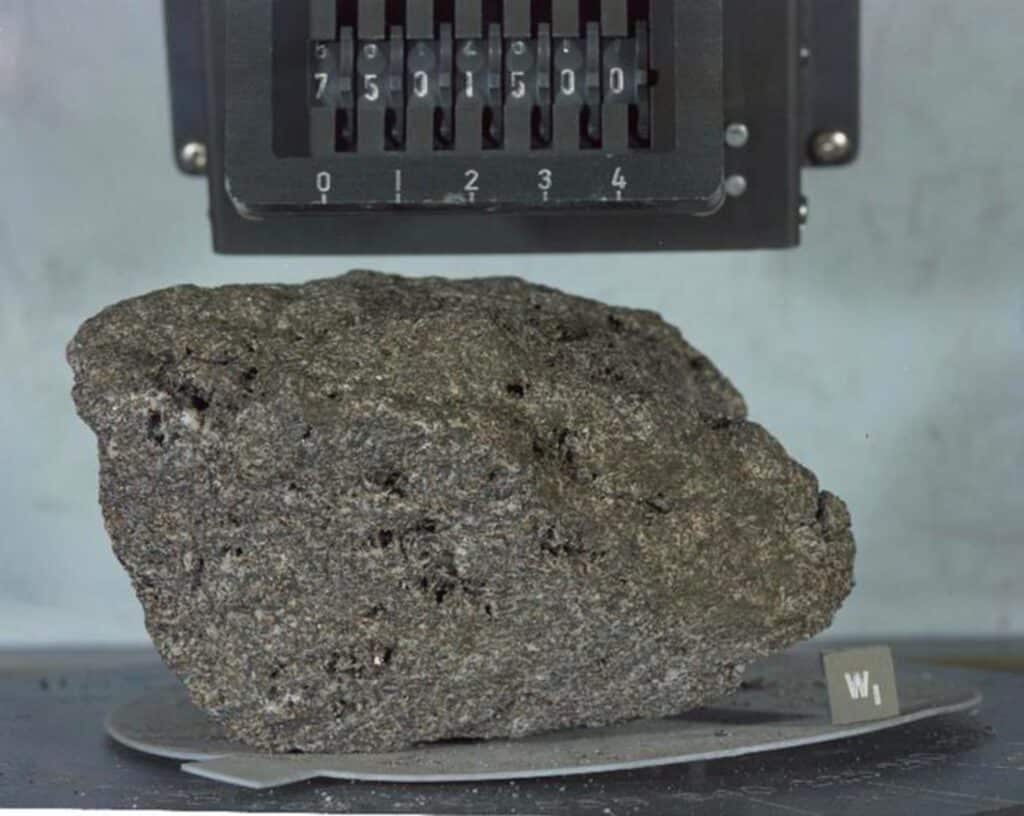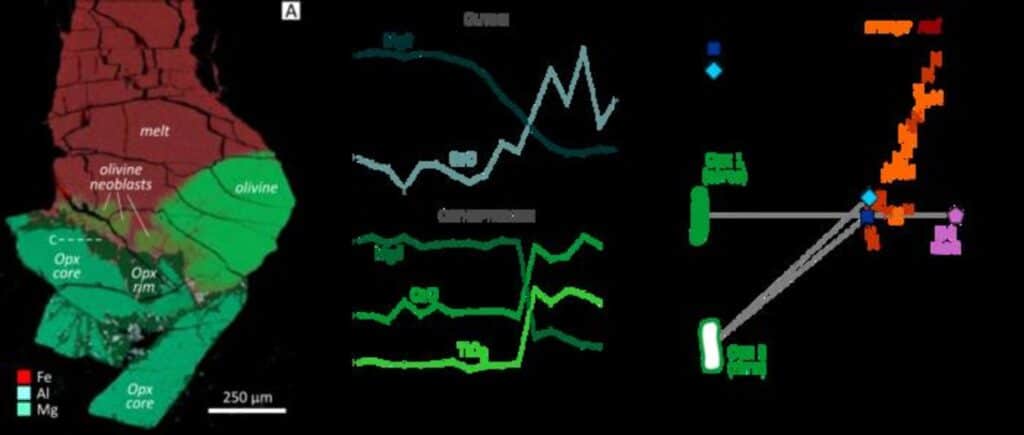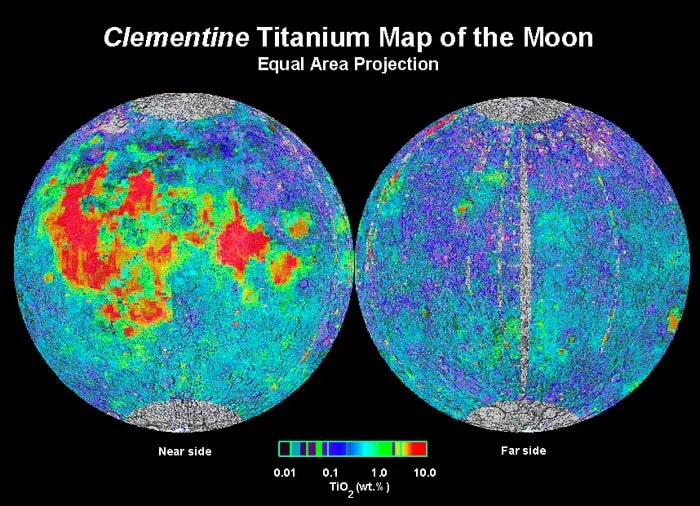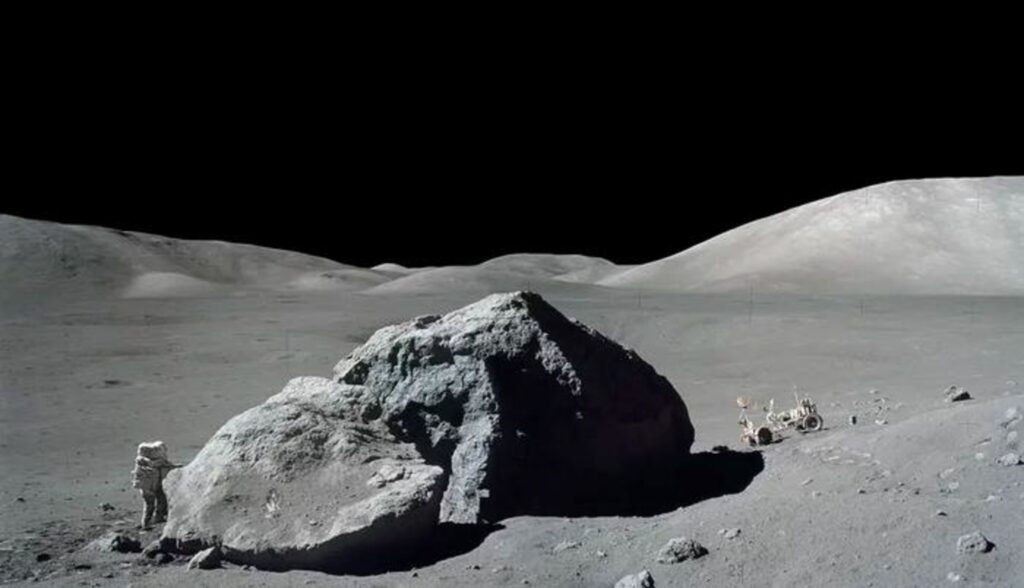A significant breakthrough has been made in understanding the creation of a unique type of Moon rock. A team of international scientists, led by experts from the Universities of Bristol and Münster, are providing a long-sought explanation for the composition and presence of these distinctive magmas on the lunar surface.
For years, the origin of volcanic lunar rocks, specifically “high-Ti basalts,” has puzzled scientists. These rocks, known for their surprisingly high concentrations of titanium (Ti), were first identified during NASA’s Apollo missions in the 1960s and 1970s, which brought back solidified lava samples from the Moon. Recent satellite mapping has shown that these magmas are widespread across the lunar surface.

The new study reveals a critical process that occurred in the Moon’s deep interior around three and a half billion years ago. This process involved a chemical exchange between iron (Fe) in the magma and magnesium (Mg) in the surrounding rocks. This reaction significantly altered the chemical and physical properties of the melt, leading to the unique magmas found today.
“The origin of volcanic lunar rocks is a fascinating tale involving an ‘avalanche’ of an unstable, planetary-scale crystal pile created by the cooling of a primordial magma ocean,” says study co-lead author Tim Elliott, professor of earth sciences at the University of Bristol, in a media release.
“Central to constraining this epic history is the presence of a magma type unique to the Moon, but explaining how such magmas could even have got to the surface, to be sampled by space missions, has been a troublesome problem. It is great to have resolved this dilemma.”

Previously, models struggled to accurately recreate the compositions of these high-Ti basalts, particularly their low density, which allowed them to erupt billions of years ago. However, international researchers managed to replicate these unique magmas in the laboratory using high-temperature experiments. Additionally, isotopic analyses of lunar samples provided a distinctive fingerprint that matched the reactions observed in the experiments.
“Until now models have been unable to recreate magma compositions that match essential chemical and physical characteristics of the high-Ti basalts,” notes study co-lead author Dr. Martijn Klaver, research fellow at the University of Münster Institute of Mineralogy. “It has proven particularly hard to explain their low density, which allowed them to be erupted some three and a half-billion years ago.”

This research not only enhances our understanding of lunar geology but also sheds light on the Moon’s ancient history. The study’s findings offer a more complete picture of how these unique magmatic formations reached the lunar surface, significantly contributing to our knowledge of the Moon’s development and evolution. As we continue to explore our celestial neighbor, insights like these are invaluable in piecing together the vast and complex history of the solar system.
The study is published in the journal Nature Geoscience.













That’s a petrified bass boat. I can even clearly make out the outboard motor.